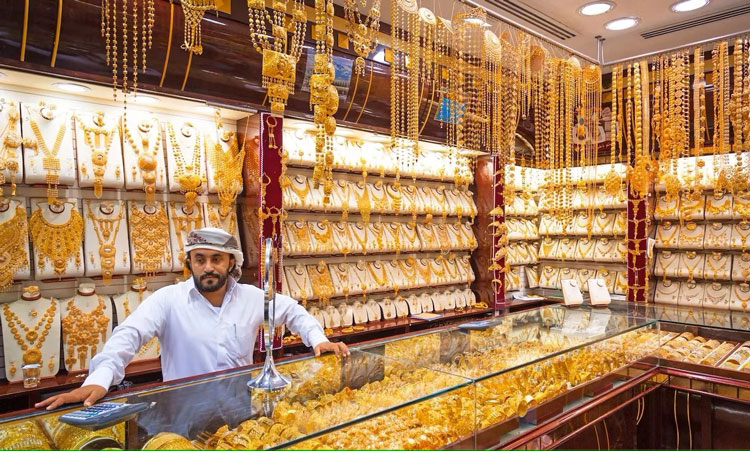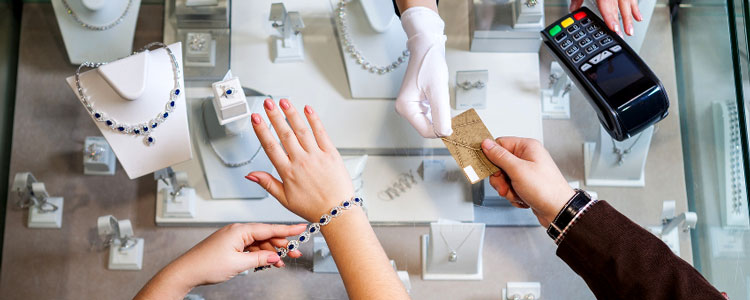
The jewelry industry is a dynamic and ever-evolving market that caters to a wide range of consumers. Understanding the target market is crucial for businesses to effectively reach and engage their audience. This article explores the various segments of the jewelry market, key target demographics, and effective marketing strategies to capture the attention of potential customers.
Market Segmentation
Demographic Segmentation
Age Groups: The jewelry market caters to various age groups, including millennials, Gen Z, and baby boomers. Each group has distinct preferences and buying behaviors. For instance, millennials and Gen Z are more inclined towards unique and personalized jewelry, while baby boomers may prefer classic and timeless pieces.
Gender Differences: Jewelry preferences often vary between men and women. Women typically have a broader range of jewelry preferences, including rings, necklaces, bracelets, and earrings. Men, on the other hand, may focus more on watches, cufflinks, and minimalistic accessories.
Income Levels: Income levels significantly influence jewelry purchasing decisions. High-income consumers are more likely to invest in luxury and high-end jewelry, while middle-income consumers may opt for affordable yet stylish pieces.
Geographic Segmentation
Urban vs. Rural Markets: Urban consumers tend to have higher disposable incomes and access to a wider variety of jewelry options. Rural consumers, however, may have different preferences influenced by local culture and traditions.
Regional Preferences: Cultural influences play a significant role in jewelry preferences. For example, traditional jewelry designs may be more popular in certain regions, while contemporary styles may dominate in others.
International Markets: The global jewelry market is diverse, with varying trends and preferences across different countries. Understanding these international trends can help businesses tailor their offerings to specific markets.
Psychographic Segmentation
Lifestyle and Personality Traits: Consumers’ lifestyles and personality traits influence their jewelry choices. For instance, individuals with a penchant for luxury and fashion may prefer high-end jewelry, while those with a minimalist lifestyle may opt for simple and elegant pieces.
Values and Attitudes: Consumers’ values and attitudes towards luxury, sustainability, and ethical sourcing impact their purchasing decisions. Many modern consumers prioritize sustainability and are more likely to buy from brands that align with their values.
Buying Motivations: Emotional triggers and motivations, such as the desire to celebrate special occasions or express love and affection, play a crucial role in jewelry purchases.
Behavioral Segmentation
Purchasing Behavior: Understanding consumers’ purchasing behavior, including frequency and timing of purchases, can help businesses develop targeted marketing strategies. For example, jewelry sales often spike during holidays and special occasions.
Occasion-Based Buying: Jewelry is often purchased for specific occasions, such as weddings, anniversaries, and birthdays. Tailoring marketing campaigns to these occasions can drive sales.
Brand Loyalty: Building brand loyalty is essential for long-term success in the jewelry industry. Loyal customers are more likely to make repeat purchases and recommend the brand to others.

Key Target Markets
Millennials and Gen Z
Millennials and Gen Z are key target markets for the jewelry industry. These generations value unique and personalized jewelry that reflects their individuality. They are also more conscious of sustainability and ethical sourcing, making them more likely to support brands that prioritize these values. Social media and online shopping play a significant role in their purchasing decisions, with many relying on influencers and online reviews for recommendations.
High-Income Consumers
High-income consumers have a strong demand for luxury and high-end jewelry. They seek exclusivity and customization, often opting for bespoke pieces that reflect their status and personal style. Brand reputation and heritage are crucial factors for this market segment, as they associate well-established brands with quality and prestige.
Bridal Market
The bridal market is a significant segment of the jewelry industry, with a focus on engagement rings and wedding bands. Trends in this market include unique and personalized designs, as well as a preference for high-quality craftsmanship. Marketing strategies for reaching brides-to-be often involve showcasing the emotional significance of the jewelry and highlighting the brand’s commitment to quality.
Men’s Jewelry Market
The men’s jewelry market is growing, with increasing interest in accessories such as watches, bracelets, and rings. Popular styles for men include minimalistic and rugged designs, often made from durable materials like stainless steel and leather. Marketing approaches for male consumers should emphasize the functionality and style of the jewelry, as well as its ability to enhance their overall look.
Marketing Strategies

Digital Marketing
SEO and Content Marketing: Optimizing website content for search engines and creating valuable, informative content can drive organic traffic and improve search rankings. Blogging about jewelry trends, care tips, and buying guides can attract potential customers.
Social Media Campaigns: Leveraging social media platforms to showcase jewelry collections, engage with followers, and collaborate with influencers can boost brand visibility and reach a wider audience.
E-commerce Strategies: Developing a user-friendly e-commerce platform with detailed product descriptions, high-quality images, and customer reviews can enhance the online shopping experience and drive sales.
Traditional Marketing
Print Advertising: Advertising in fashion magazines and lifestyle publications can reach a targeted audience interested in jewelry.
Television and Radio Commercials: Running commercials during prime time and on popular radio stations can increase brand awareness and attract potential customers.
In-Store Promotions: Hosting events, offering discounts, and providing exceptional customer service in physical stores can enhance the shopping experience and encourage repeat visits.
Customer Engagement
Personalized Marketing: Tailoring marketing messages and offers to individual customers based on their preferences and purchase history can increase engagement and loyalty.
Loyalty Programs: Implementing loyalty programs that reward repeat customers with discounts, exclusive offers, and early access to new collections can foster brand loyalty.
Customer Feedback: Collecting and utilizing customer feedback to improve products and services can enhance customer satisfaction and drive positive word-of-mouth.
Trends and Future Outlook
Emerging Trends: The jewelry industry is constantly evolving, with new trends emerging regularly. Some current trends include the rise of lab-grown diamonds, the popularity of vintage and antique jewelry, and the increasing demand for gender-neutral designs.
Impact of Technology: Technological advancements, such as 3D printing and blockchain, are transforming the jewelry industry. These innovations enable more efficient production processes, enhanced product customization, and improved transparency in the supply chain.
Future Market Growth: The jewelry market is expected to continue growing, driven by increasing consumer demand for unique and personalized pieces, as well as the rising popularity of online shopping. Businesses that adapt to changing consumer preferences and leverage new technologies will be well-positioned for success.
Understanding the target market is essential for success in the jewelry industry. By segmenting the market based on demographics, geography, psychographics, and behavior, businesses can develop targeted marketing strategies that resonate with their audience. Staying attuned to emerging trends and leveraging technology will help businesses stay competitive and capture the attention of potential customers. Adapting to market changes and continuously engaging with customers will ensure long-term success in this dynamic industry.
If you’re looking for high-quality, beautifully crafted jewelry, look no further! As a leading jewelry manufacturer and supplier, we offer a wide range of exquisite pieces to suit every taste and occasion. Feel free to reach out to us with any inquiries or to discuss your specific needs.
Contact us today to learn more about our offerings and how we can assist you!
